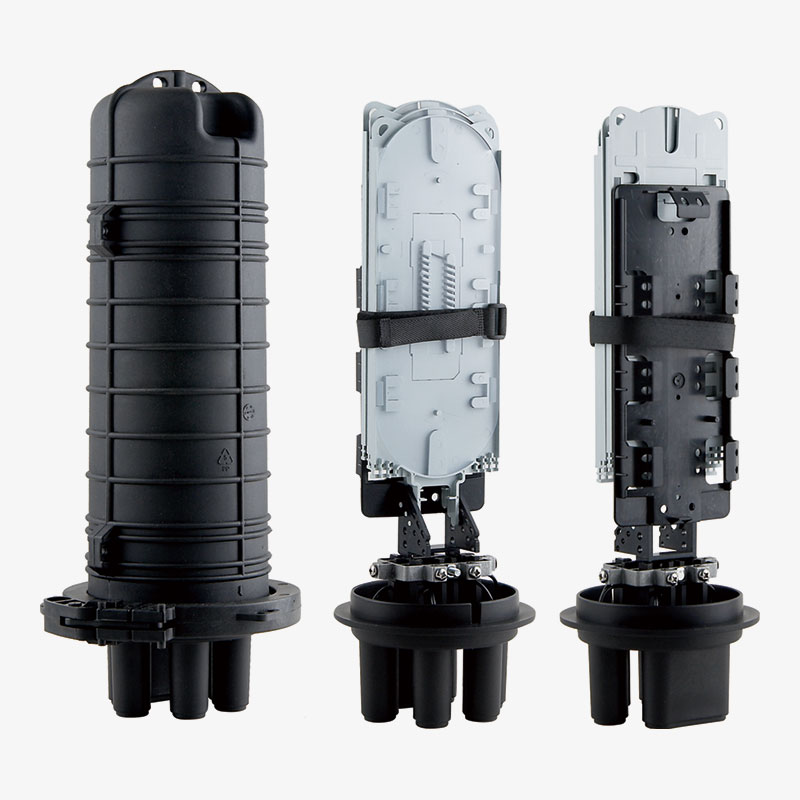Having selected equipment appropriate for the network and determined the cable plant route, a contractor/installer must decide on the hardware and installation methodology to install the cables. This usually begins with the choice of fiber type. Then transmission equipment can be chosen, which may also dictate the cable design. Then the type of splice closure must be chosen as well. Some use ribbon or mechanical splices, while others use fusion splices to get the lowest loss and best performance.
Once a fiber optic cable has been spliced and terminated, it needs to be tested with an OTDR before closing the splice closure. The entire cable plant should then be tested, end to end for loss, using OTDRs at each point from the equipment to the splice closure as well as any intermediate points along the run. This is a critical step to ensure that the cable plant meets all required standards.
Often, this testing is done in conjunction with other field services. For example, it is customary to check with local governments or utilities to be certain that digging will not interrupt any underground services like electric, water or gas lines. These services are then marked, so the workers know to dig safely and not hit any of them. Also, it is common to map out ducts to be sure that they can be used for future fiber, based on projected traffic and capacity needs. This allows a "dig once, use forever" policy to be put in place and minimizes disruption during installation.
